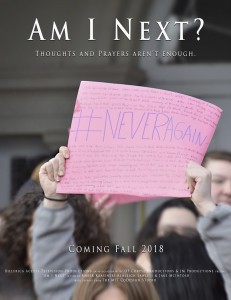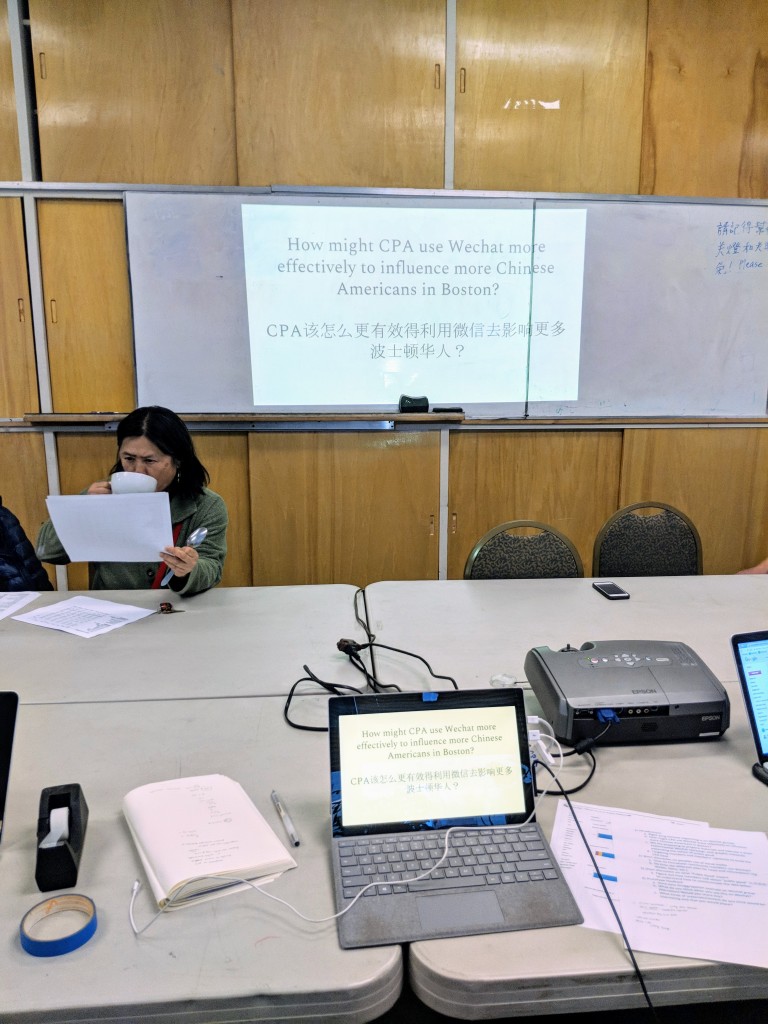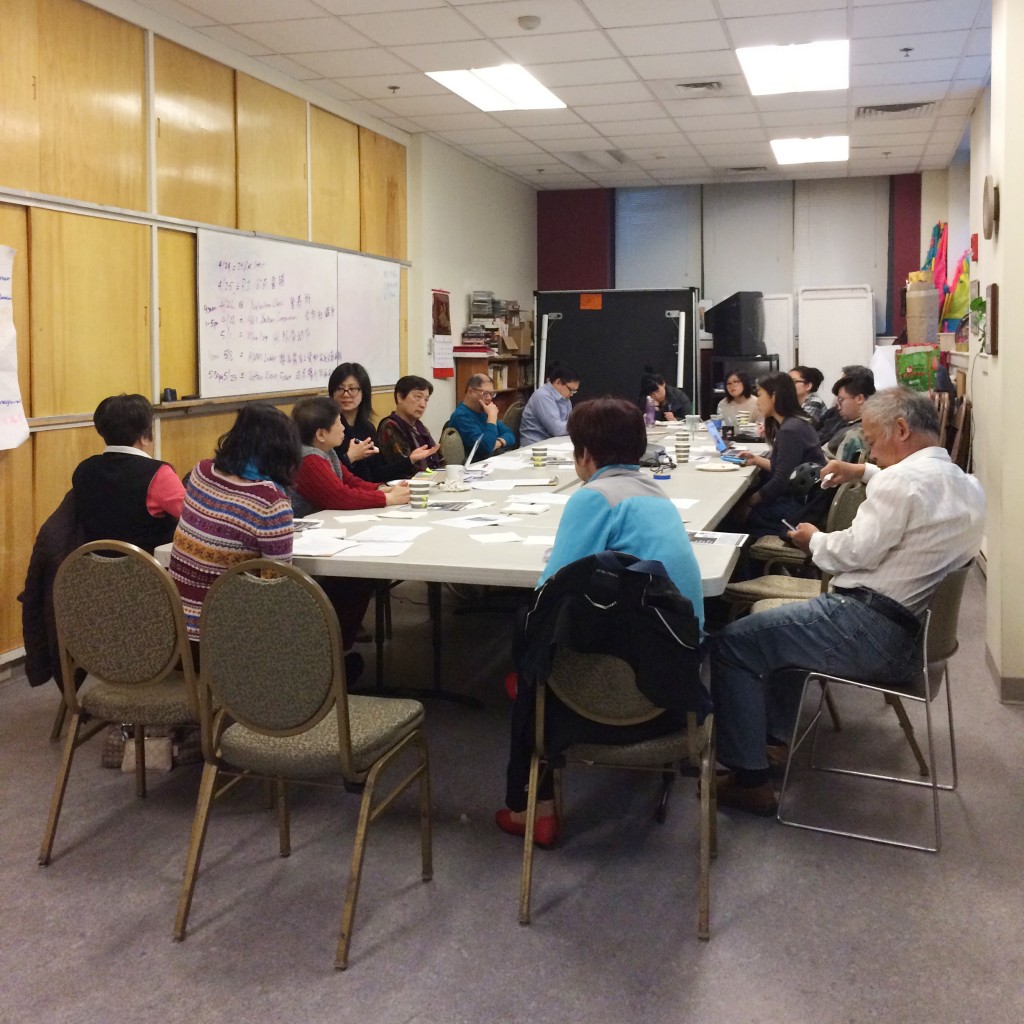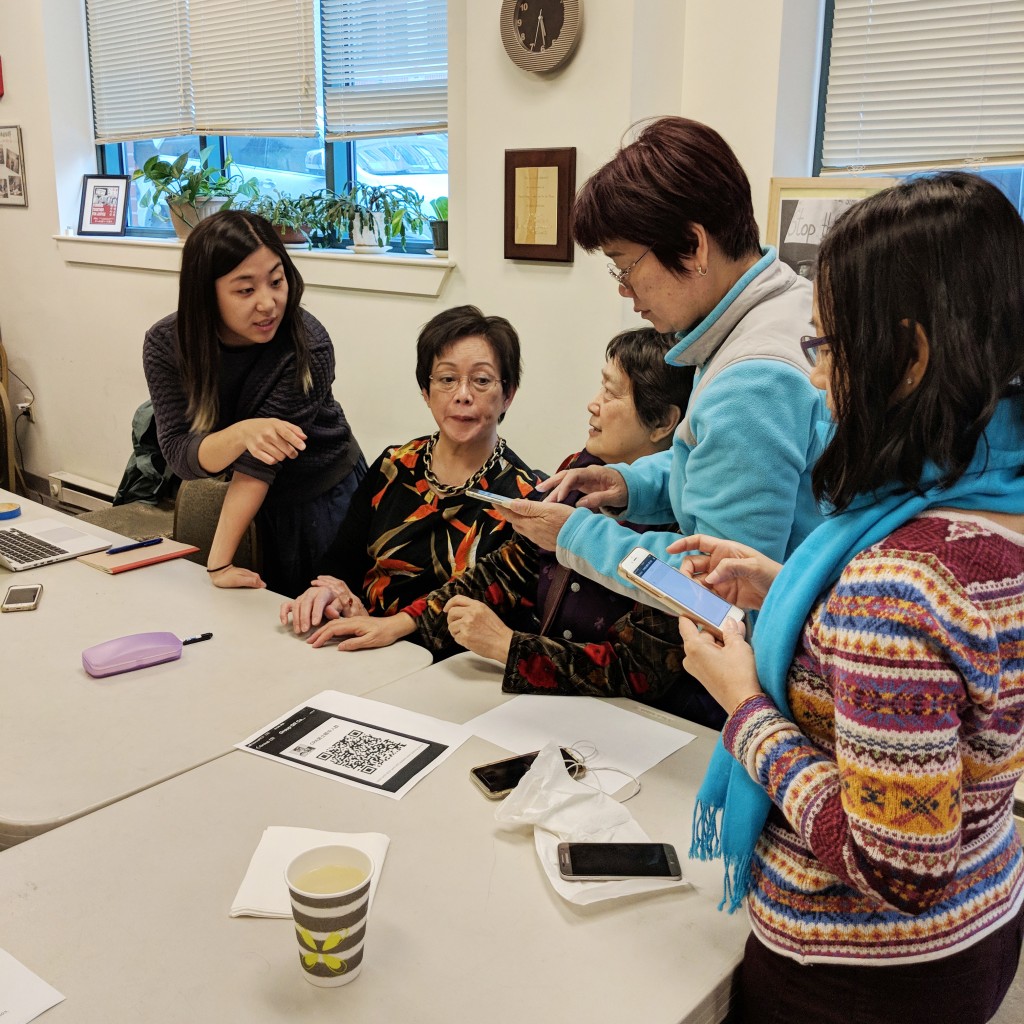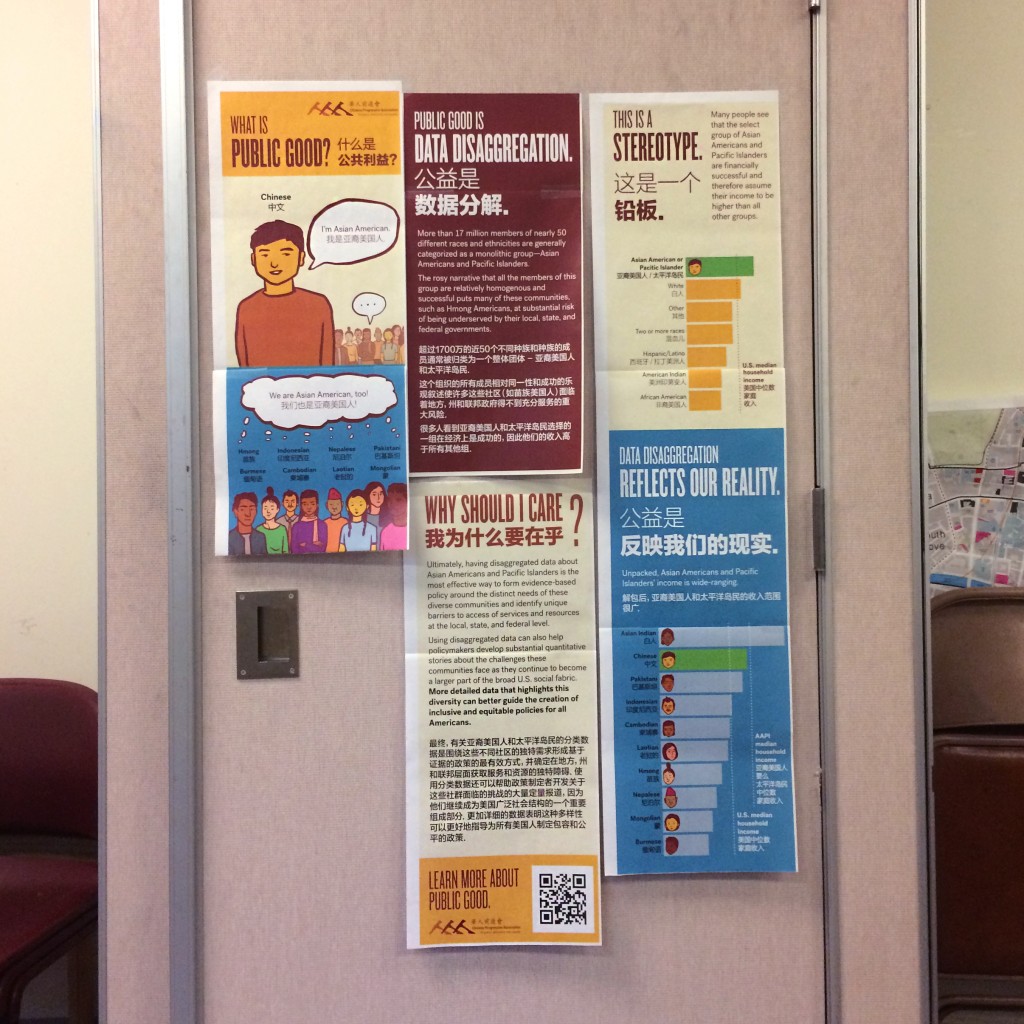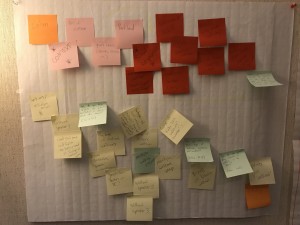I hope to learn how to better engage with the community, promote trust, and collaborate in a positive way.
With repeated visits, steady communication, and deep, active listening, trust between Project Hope, the wider community, and myself seems to have grown. With repeated visits, individual interviews have gone deeper and novel ideas brought up. Concepts we’ve learned in class have helped me be more conscious of the amount of space and time I take up. In particular, by prioritizing the nonprofit and stepping back as a designer and being lead by the nonprofit is a method I’ve deeply valued.
I hope to better learn how to constructively and holistically collaborate with a community that was not mine originally without contributing to or perpetuating the white savior narrative.
Similarly to my answer above, I think Codesigning as a concept promotes authentic collaboration and design that prioritizes the community over everything else.
I hope that through much iteration and deep collaboration, we can find a system that compliments the community.
This is the learning goal I am still working towards. Project Hope is incredibly busy, and to engage in Codesign seems as if it is one more responsibility to throw on their already loaded plate. They are excited about the work and are eager, yet it seems to be burdensome, which is problematic and can halt collaboration and iteration. I am working to find a balance now to properly contribute to their work with them as leaders without unloading too much work or responsibility onto them.
